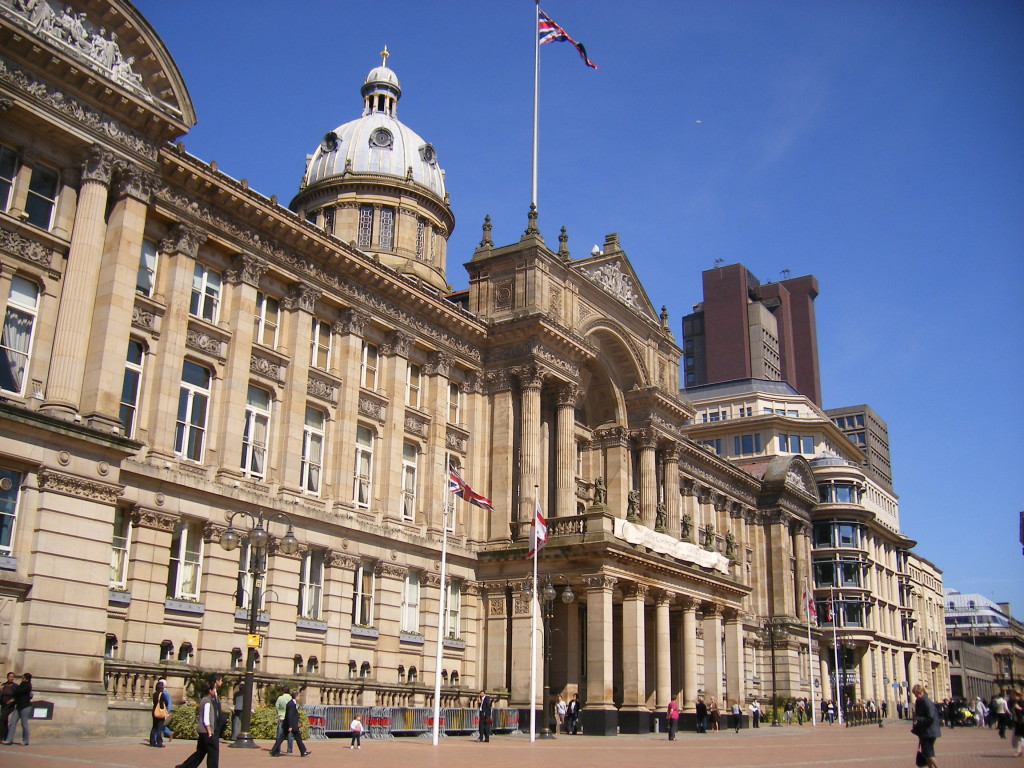Do we take democracy for granted? asks Alan Clawley.
The visual media demand that any news item, documentary or party political broadcast is accompanied by an appropriate image. But what does ‘democracy’ itself look like? How is it represented in pictures?
The counting of ballot papers in the town halls and sports centres across the land is often used and another favourite is a party leader putting his or her ballot paper in the ballot box on Polling Day. These images tell the story of the machinery of representative democracy rather than democracy itself. They have become clichés and judging by the poor turnout for local and parliamentary elections they don’t inspire people or excite any interest in the process. Voters only queue to cast their votes where democracy is a novelty or was achieved at the cost of many lives.
The last time people queued outside polling stations in this country was in 2010 when there was an administrative fault that has since been rectified. Perhaps the Suffragettes were the last people use a photo opportunity to stir up popular interest in democracy itself.
TV pundits like to be filmed where they think democracy happens – in front of the Houses of Parliament, Stormont, the White House or the Council House. The new Scottish Parliament and Welsh Assembly buildings were designed to evoke the image of government of the people by the people.
Birmingham’s Council House is a symbol of long-lost power rather than democracy. How long before it is sold off and turned into a fashionable hotel? Cameras are now allowed into the hallowed debating chambers of the Houses of Parliament and local councils. Elected members must now present the right image, avoid being caught asleep on the job or making an off-message intervention. The rest of us are mere spectators.
Real democracy is a way of organising many aspects of life not a media-controlled event that we are allowed to take part in once a year when various brands of politician compete for our single vote. But, can the media show us images that will inspire enthusiasm for democracy in our everyday lives? The material is there waiting to be captured. British society is built on local democratic institutions. The list is endless.
Neighbourhood forums, co-operatives, residents associations, choral societies, village halls, sports and social clubs, orchestras, religious congregations, credit unions, political parties, charities, hospital trusts, school councils, and allotments associations are all run on democratic lines. Yet we rarely see images of them at work. Local democracy is ignored by the dominant national media as parochial and uninteresting. We laugh at the bumbling parish council in The Vicar of Dibley or cringe at the League of Gentlemen’s portrayal of the worst aspects of localism in the village of Royston Vasey.
Perhaps the British have been doing democracy for too long and take it for granted. It isn’t exciting or glamorous despite the media’s efforts to raise its temperature now and then. We live in an old and possibly ‘mature’ democracy, the workings of which are mostly hidden from view. But, as Winston Churchill was fond of reminding people, we haven’t found a better way of organising society yet. So let’s see some positive images of democracy in action wherever it is.
